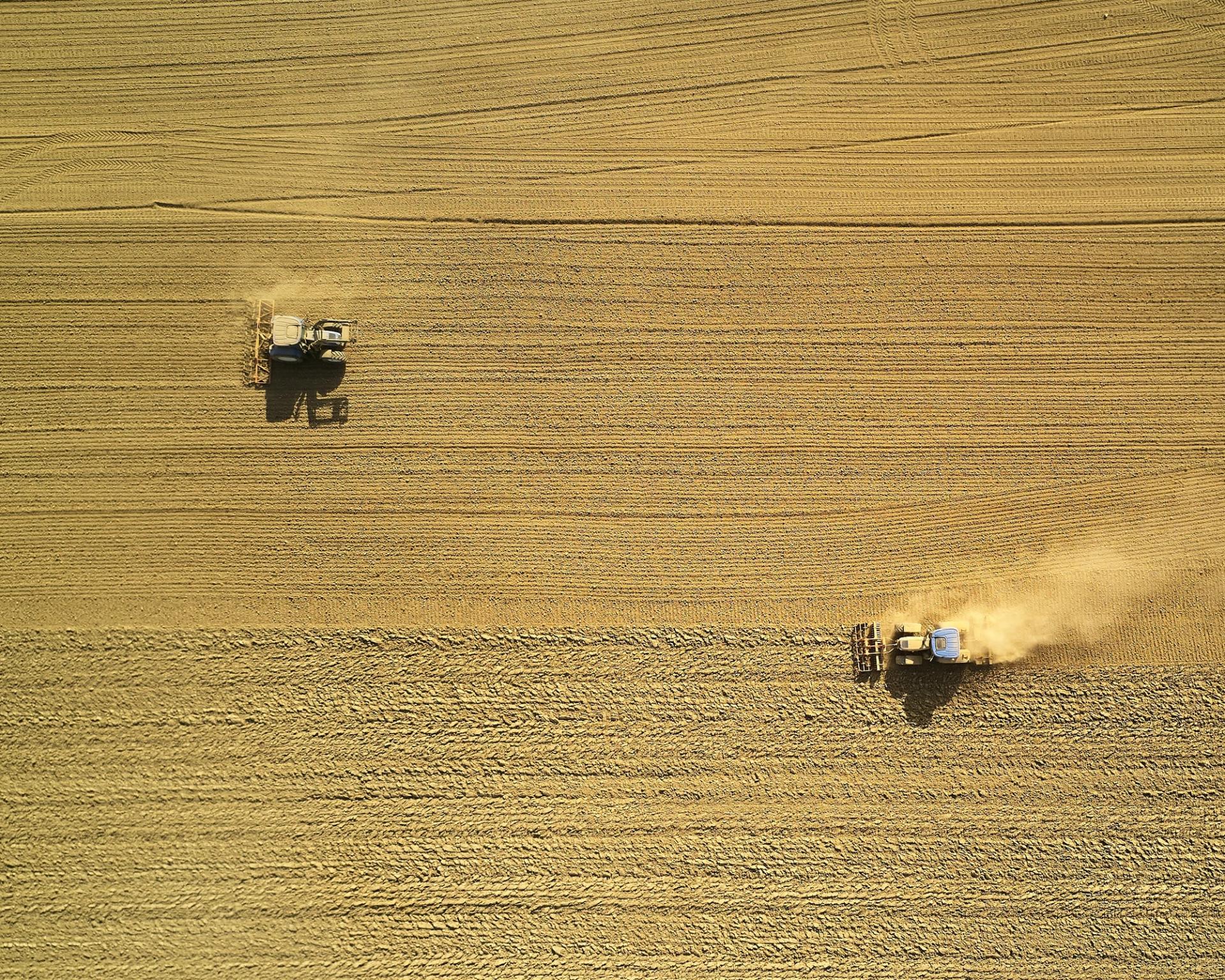Between drought and COVID-19
September 8, 2020
- New Insight

Frankfurt, 08.09.2020. Drought, pests, new regulatory requirements and changed consumer behavior: these are just some of the reasons why the number of insolvencies in the agricultural, food and forestry industries has been rising for years. In 2019 alone, a quarter more companies in Germany had to declare insolvency than in the previous year.
"Many agricultural and forestry businesses are still managed in a very shirt-sleeved way," says Peter Lammers, expert for agriculture, food and forestry. "At the same time, however, the number of challenges and thus the complexity has increased significantly. For many, it is high time to take a very concrete look at business models, to professionalize the organization and to adapt to the new market conditions. The aim must be to establish viable business models that are independent of subsidies and government support".
Peter Lammers therefore proposes to focus initially on five concrete steps:
- Creating transparency about liquidity and planning it over the long term
"Large companies often maintain entire departments to ensure adequate liquidity planning," says Peter Lammers. "In agricultural companies, often enough, the simplest accounting software is still used, which does not take into account the current requirements, especially those of financiers". Peter Lammers says: "For many farmers, finances are a necessary evil. Those who have outsourced their bookkeeping to their tax accountant, for example, are usually still in the best position". Lammers recommends that farmers first of all achieve complete transparency of their own cash flows and funds - and in future map them using software. "The investment is worthwhile," says Lammers. "This gives farmers and foresters the opportunity to specifically simulate future scenarios. They can plan early on how weather events, for example, will affect their income and assets".
- Evaluating the impact of changing conditions
A variety of changing conditions determine the success opportunities for farmers and foresters. Away from weather events, there is a change in consumer behavior: healthier nutrition, sustainable agriculture, and a move away from intensive animal husbandry. New environmental regulations are being issued, for example a new fertilizer ordinance. Laws on animal husbandry are being renewed. And technological developments are also changing the possibilities of cultivating fields, keeping animals or clearing forests. Peter Lammers says: "Once their own liquidity situation has been clarified, the next step for farmers and foresters should be to check carefully which of these new developments affect them in what way and how seriously. And assess them: What is a potential threat to their own business model? What could be an opportunity - for example, significantly more efficient machines?".
- Adjust business model according to market-oriented aspects
"However, the current subsidy rules mean that there are hardly any incentives for farmers to really adapt their business model," Lammers notes. "Many rely on it: if they run into problems, politics will fix them. But it is not possible to build a sustainable business model on this basis that also appears attractive to successors. Farmers and foresters are thus faced with a tangible problem: who should one day continue their businesses? The expert advises to develop a business model independent of politically desired subsidies - even if this only affects a part of the total production. This includes the preparation of a strategic business plan based on a market-oriented analysis. Exemplary questions to be clarified there: Which business areas within arable farming, livestock breeding and forestry should be expanded or abandoned? Can areas be planted with other, more resistant varieties such as soybeans, millet or sorghum-millet in the future? Which tree species should be planted in the future to make the forest more resistant to external influences such as climate and weather? How must buyer groups change in order to exert a greater influence on the price?
- Determine and secure financing requirements
Peter Lammers says: "No change without investment. That doesn't have to happen, but it can work without loans. The reason: the planned reorientation makes resources necessary, but also releases resources. "There are good examples where, for example, production has been stopped, land has been sold off and the corresponding profits have been used to invest in new business areas or to restructure old business areas. Depending on the available liquidity, the new business plan should discuss very seriously whether a focus can lead to financing the remaining subdivisions to such an extent that no debts are necessary. But taking out loans is also justified if operators can make themselves independent of political subsidies - and thus a certain degree of arbitrariness - in the long term".
- Examine the chances of cooperation
"For many farmers, foresters and large landowners, the topic of 'cooperation' has not been of great importance," says Peter Lammers. "Most of them have tried to do business on their own. Alliances are still rare. The expert from Andersch FTI recommends, however, that such alliances be examined: Where can sufficient volumes be bundled through alliances, for example, to achieve more favorable purchasing conditions? How can ideas of the 'Sharing Economy' be transferred to one's own business, for example to share machines with other users - without having to purchase new machines for each company? How can marketing be organized in order to be able to act more strongly vis-à-vis the process industry and the food retail trade? "Many problems can no longer be solved in the living room alone," says Peter Lammers. "You have to think more broadly about the challenges, the implications for competitors, customers and other stakeholders - and look for solutions that create common intersections. Agriculture and forestry will also not be able to avoid ever closer networking in the 21st century".
Your Contacts
 Peter Lammers
Peter LammersPartner